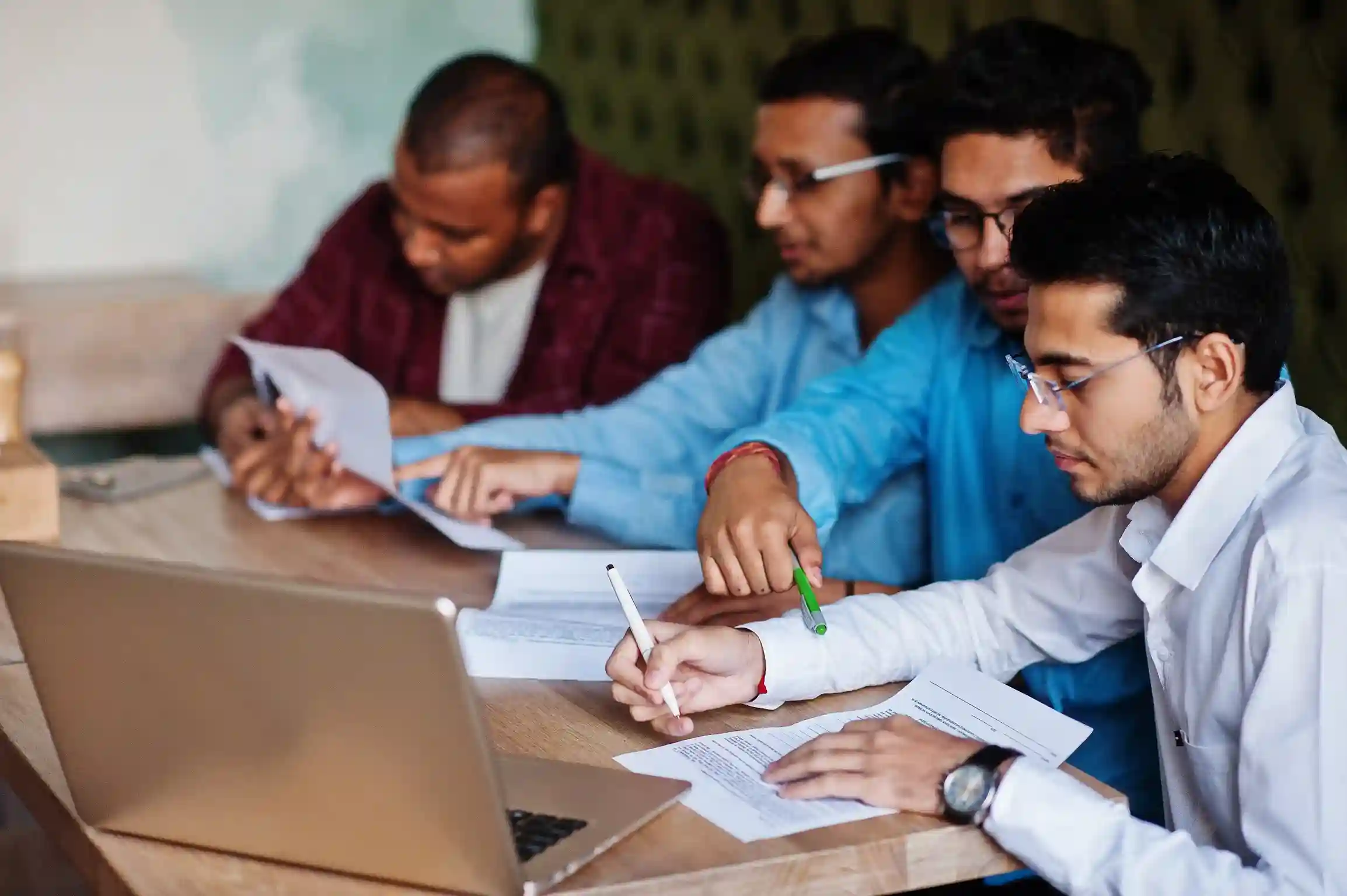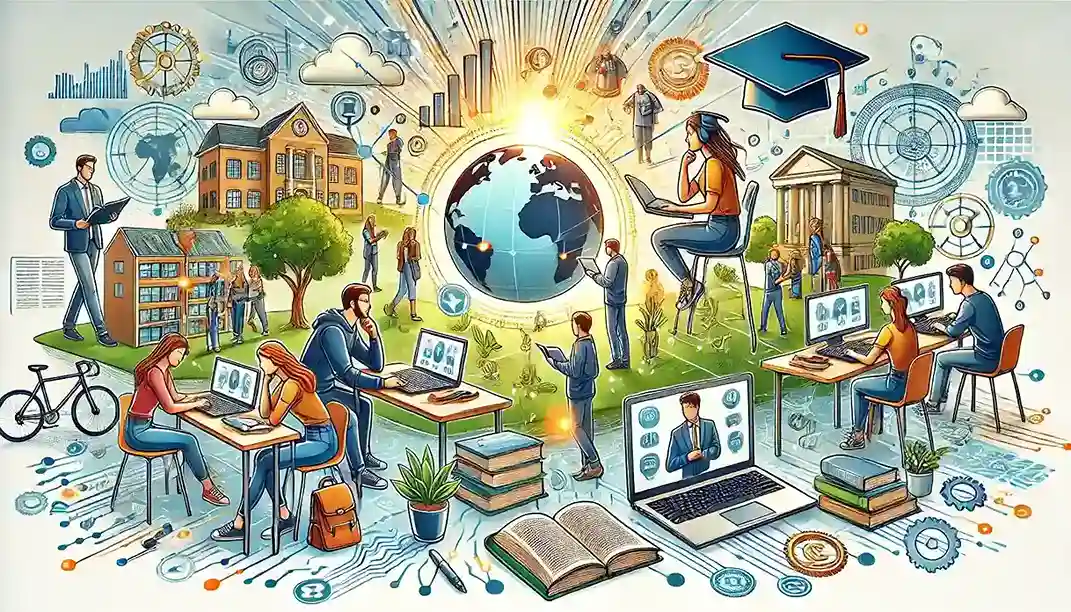Bernard Bull, VP of Distance Education at Concordia University, aptly stated, The role of the instructor is optional. Yet the role of the scholar is essential for producing a better learning experience.
Brief Overview Of What Is Distance Education?
Traditional education methods, centered on chalkboards and physical classrooms, have evolved drastically, while devices like Chromebooks and digital pens have replaced them. But wait a minute, do you know what distance education is? It is a learning approach that uses technology to provide education remotely, making it the preferred choice for learners worldwide.
Technological progress has deeply influenced the educational landscape, accelerating innovative teaching and learning methods. Furthermore, this upgrade made online and distance education more accessible, customizing how knowledge is delivered globally.
What Is Distance Education And How Does It Work?
When considering how online and distance education works? It is necessary to understand that it promotes learning by bridging the gap between instructors and learners who are geographically apart. It offers the same quality as traditional education while catering to diverse schedules and locations.
Nevertheless, a few online and distance learning programs may require learners to visit physical locations for specific purposes, such as exams and practical sessions. These courses are also known as a hybrid or blended learning program.
Understanding What Is Distance Education? A Historical View
Distance education has a very long history. For instance, during the 1840s, Sir Isaac Pitman introduced a novel approach to distance education by teaching shorthand through postcards. He would send lessons via postcards, and students would complete and return them for further evaluation. Indeed, this two-way communication was a milestone innovation in remote learning.
Evolution Of Distance Education In India
The foundation for open and distance learning was laid in 1962 when Delhi University launched the School of Correspondence Courses. This program was designed to help individuals enhance their knowledge and professional skills.
Subsequently, Punjab and Rajasthan University introduced correspondence courses in 1968 and 1969, while Meerut & Mysore University joined this initiative.
Later, in 1982, Andhra Pradesh state established Dr. B.R. Ambedkar’s Open University. Furthermore, with the creation of the Indira Gandhi Open University (IGNOU), the distance education sector achieved remarkable milestones in 1985. Explore IGNOU’s Distance Education Programs in India to understand how it continues to shape the future of remote learning.
Distance Learning is suitable for
- An employee who is looking for career advancement.
- Parents require flexible schedules to maintain work-life balance.
- Students from remote areas with limited access to physical institutions.
- Lifelong learners are interested in gaining new skills.
The following are the Key Goals Of the Distance Education Programs
Expand Access to Higher Education:
Online and distance learning courses overcome barriers like geography and time. Therefore, they create flexible and accessible paths for individuals to achieve higher education.
Offer Cost-Effective Solutions:
Online courses often cost less than conventional setups because they reduce expenses related to transportation and infrastructure.
Make Learning Opportunity Available To Everyone:
The main objective is to make education accessible to every eligible learner, irrespective of age, location, or financial constraints.
Encourage Lifelong Learning:
Distance Education caters to individuals who want to upgrade their skills or deepen their expertise, thus empowering them to enhance their personal and professional lives.
Types of Distance Education Programs
Synchronous Learning:
In Synchronous learning, students and professors should be online simultaneously for real-time discussions or lectures.
Asynchronous Learning:
Asynchronous learning enables students to access the study material & lectures according to their schedule.
Let us distinguish the types of learning with the following points
To understand the key differences between synchronous and asynchronous learning, explore this Comprehensive Comparison of Synchronous and Asynchronous Learning.
Synchronous Learning:
- Synchronous learning involves real-time classes adhering to a fixed schedule of lectures.
- Furthermore, it facilitates active interaction between instructors and classmates.
- Consequently, this structured and scheduled approach requires strong time-management skills.
- Ultimately, it’s the best option for students looking for real-time engagement.
Asynchronous Learning:
- Conversely, asynchronous learning offers flexibility to access study materials and lectures according to schedule.
- However, communication through forums, emails, and other channels may experience delays.
- Ideal for self-motivated learners with other commitments.
Takeaway
Remote learning has broadened the learning landscape, bridging gaps and making quality education accessible to everyone, irrespective of location or schedule. Whether you are an employee looking to advance your career, a parent managing work-life balance, or a lifelong learner eager to enhance your skills, distance education is a better option that offers unparalleled opportunities & flexibility.








